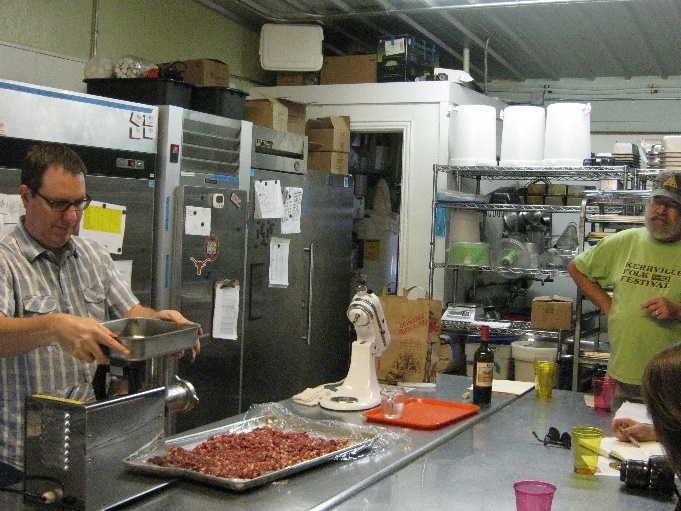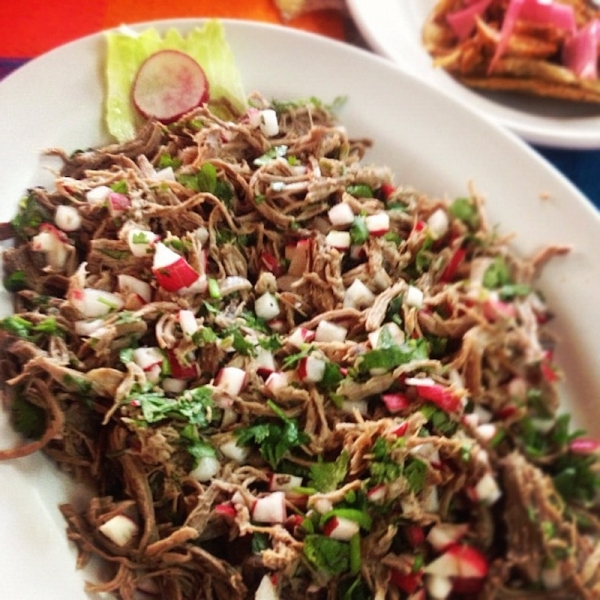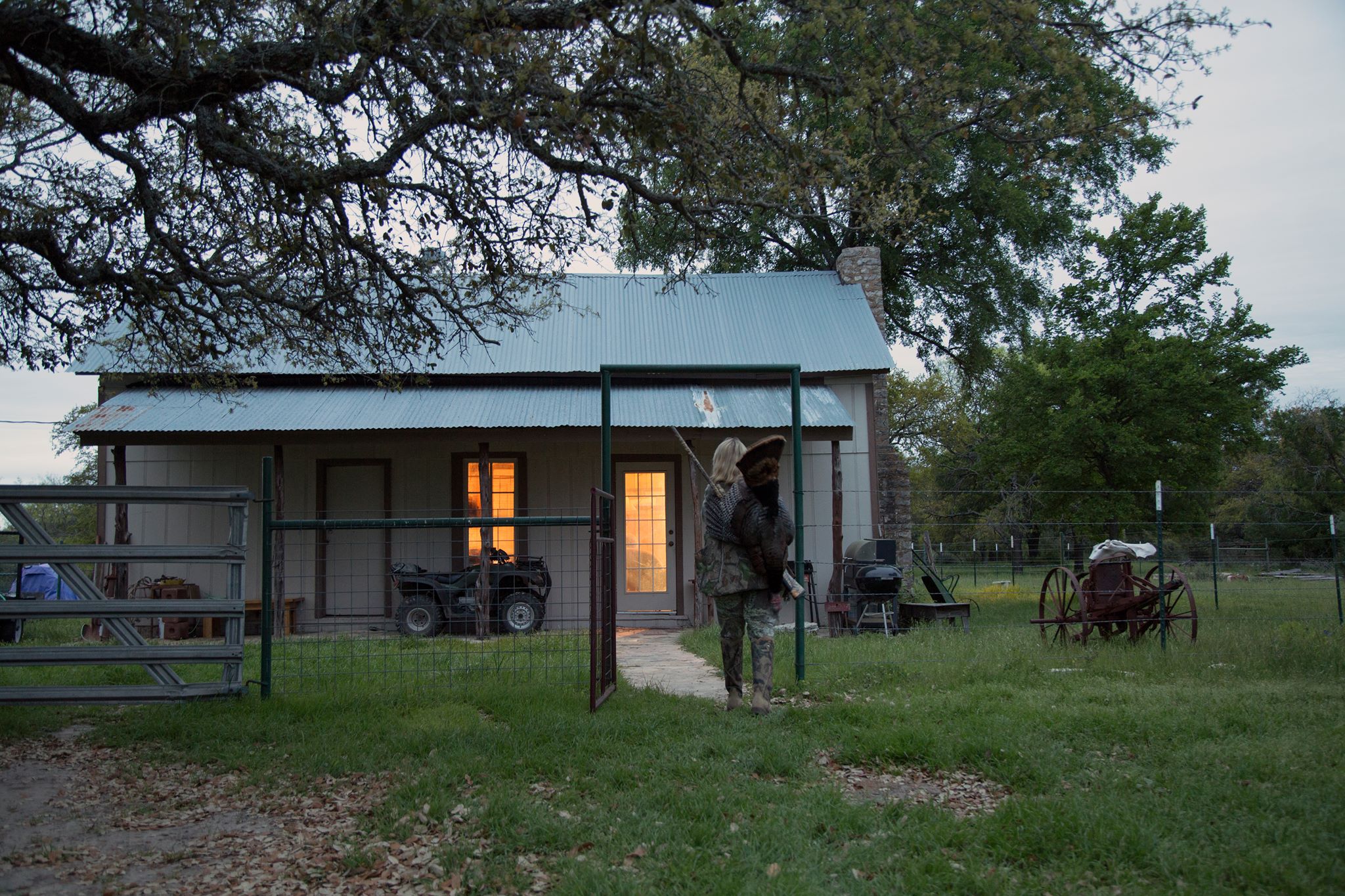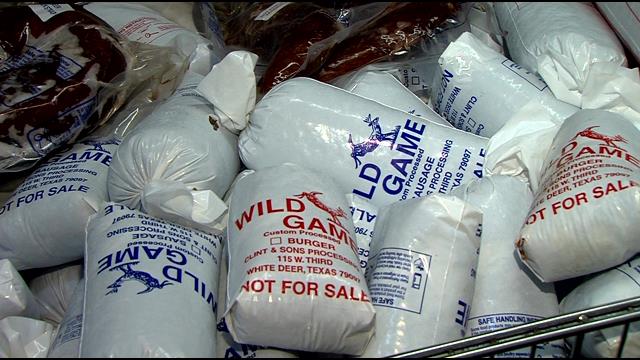Buy a License, Feed the Hungry & Help a Veteran
Monday, August 7th, 2017
You can help support Hunters for the Hungry and Fund for Veterans at the time you buy a hunting or fishing license.
This is Passport to Texas
When licenses go on sale August 15, Texas hunters and anglers may donate to one of two worthy non-profits.
You can make the voluntary contribution of either one dollar, five dollars, ten dollars or twenty dollars to either the Fund for Veterans Assistance, or to help feed Texas families with a donation to Hunters for the Hungry.
Justin Halvorsen is revenue director at Texas Parks and Wildlife, and says donating is voluntary and easy.
It’s through any one of our sales channels. Either online, over the phone, at a retail agent, or any one of our parks and wildlife locations.
The agency keeps close tabs the donations.
And then, at the end of every month, it’ll go into a separate pot, and we’ll send it along to those respective entities [nonprofits].
The program debuted last season and Texans were generous; Texas Parks and Wildlife distributed, $193-thousand to the Fund for Veteran’s, and $106-thousand to Hunters for the Hungry. You may ask: is my donation tax deductible?
That is a great question. And there will be a receipt that gets printed as part of this that specifically says that this is a donation to the Veteran’s Fund or Hunters for the Hungry. And then, really, it’s up to the individual and their tax preparer to make that ultimate decision.
Request an itemized receipt from retailers, and find more information on the TPW website.
That’s our show… Funding provided in part by Ram Trucks. Guts. Glory. Ram
For Texas Parks and Wildlife…I’m Cecilia Nasti.






 Passport to Texas is a
Passport to Texas is a  Passport to Texas is made available by:
Passport to Texas is made available by: